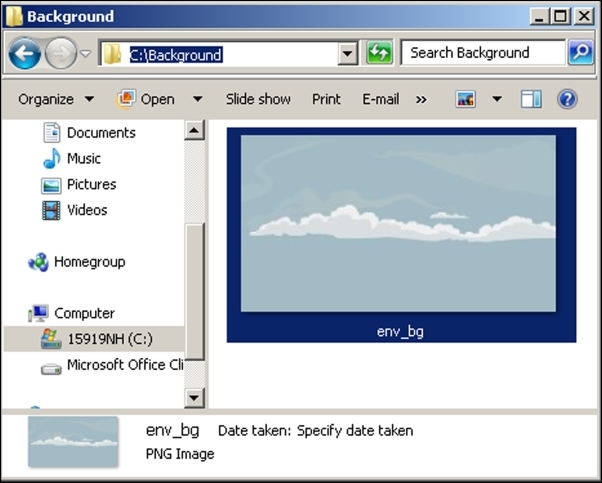We will learn how to set up our scene with a static background using two methods:
When we want only a few images of different sizes to make up our background, we use static images.
First, we will need to either create an image or select a pre existing image that we will be using as our background by finding its location on our PC, as shown in the following screenshot:

For clarity and organizational purposes, it is best to create a Sprites Folder within the Project Browser with a subfolder called Environment to store all the assets that we will use to create our game environment.
To create the subfolder, we right-click on the Assets folder in the left-hand side panel of the Project Browser and go to Create | Folder, or we can click on the Create button at the top of the left panel.
We then drag our image into the Assets section of the Environment subfolder within the Project...



